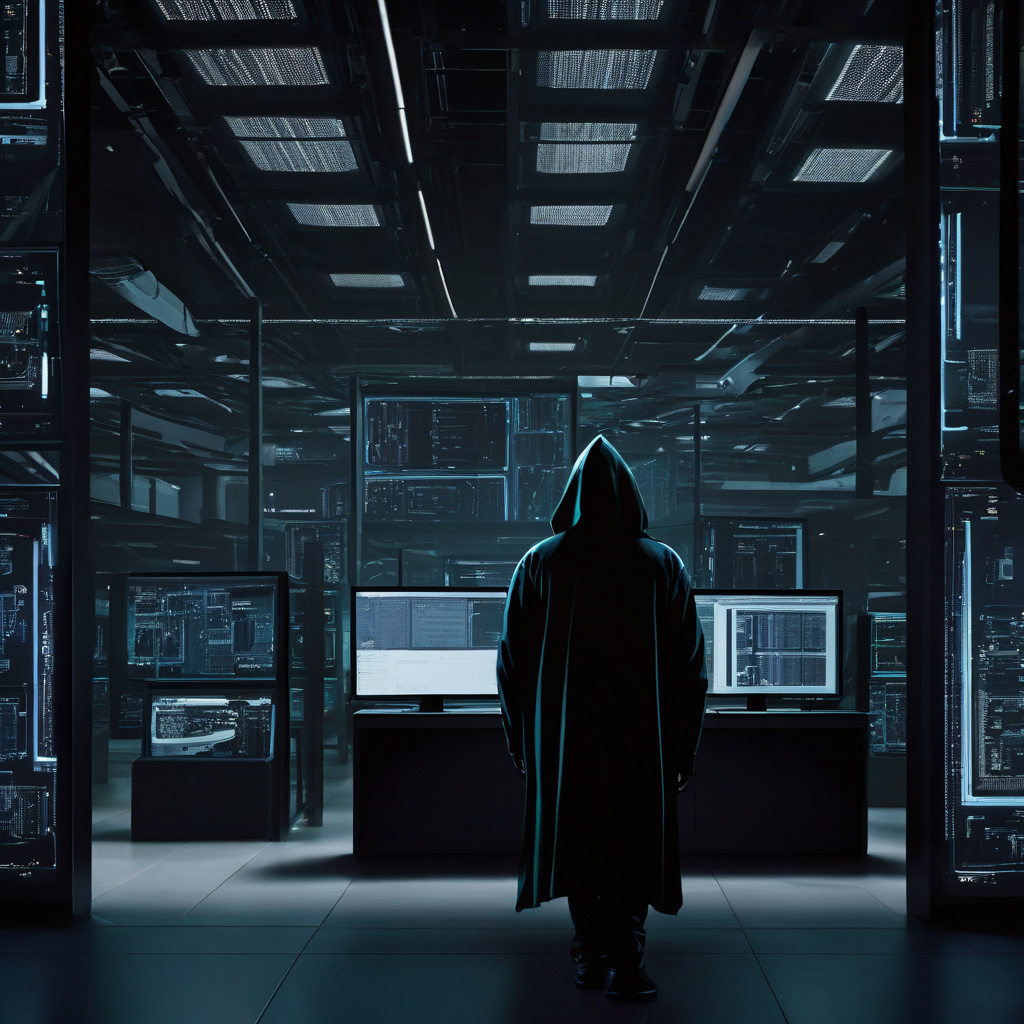In a recent turn of events, the hacking group known for targeting Marks & Spencer (M&S) has now set its sights on Jaguar Land Rover (JLR), causing a significant cyber breach that led to the temporary shutdown of car production. This alarming development underscores the escalating threat landscape faced by organizations in the digital age.
The cyberattack on JLR serves as a stark reminder of the far-reaching consequences of cyber threats, transcending industries and impacting critical operations. With hackers increasingly targeting high-profile companies like JLR, the need for robust cybersecurity measures has never been more pressing.
The link between the cyberattacks on M&S and JLR highlights the sophisticated tactics employed by cybercriminals to infiltrate networks and compromise sensitive data. As hackers continue to evolve their strategies, organizations must remain vigilant and proactive in fortifying their defenses against such malicious activities.
The repercussions of the cyberattack on JLR extend beyond just financial losses, encompassing damage to brand reputation, customer trust, and employee morale. This incident serves as a wake-up call for businesses to prioritize cybersecurity as a fundamental aspect of their operations.
As the digital landscape evolves, the onus is on companies like JLR to invest in cybersecurity infrastructure, employee training, and incident response protocols to mitigate the risks posed by cyber threats. Collaborating with cybersecurity experts and staying abreast of the latest threat intelligence are crucial steps in safeguarding against potential attacks.
In conclusion, the cyberattack on Jaguar Land Rover by the same group that targeted Marks & Spencer underscores the pervasive nature of cyber threats in today’s interconnected world. By learning from such incidents and taking proactive measures to enhance cybersecurity, organizations can better protect themselves against malicious actors seeking to exploit vulnerabilities for personal gain.

